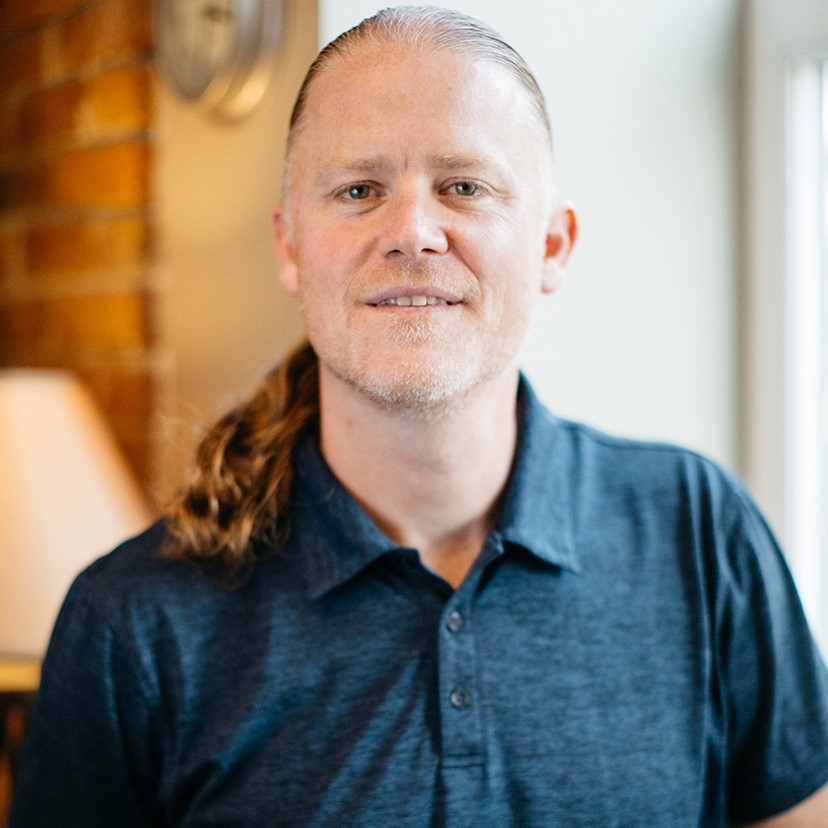When the pandemic reached our shores in early 2020, promises of time spent at home and opportunities for self-betterment were prevalent. Diets, home workouts, meditation protocols, and Bible verses were forwarded and then forwarded again.
Fast forward 6+ months and the tenor of conversations have shifted. Disaster models now predict high levels of anxiety, depression, and post-traumatic stress as we move through this stage of our nation’s current plight. Home-based school startups have gobbled up the time and attention, if not hope, of many families throughout the United States. Parents are tired and overwhelmed, and kids are often overly energetic, listless, or both. Deep-seated tensions between partners have nowhere to go but out into the air that is already rife with fear and anxiety, grief and loss. Many single folks have sunk further into the isolation and loneliness that already resided within them, craving even the basics of touch, of a non-virtual smile (one would have to take off their mask to provide such), and wondering when and how opportunities to connect will again be available.
No matter your place, the pandemic is taking a toll on mind, body, and spirit. This pandemic is taking our breath away, both literally and metaphorically. In the face of such a crisis, how do we engage a conversation about self-care?
For years now, I have been giving lectures and talks with titles such as this one, claiming the deadness of self-care as it is often conceptualized and sometimes practiced (or not). Like so many “things” in the West, self-care has been commodified, commercialized, objectified, and turned into an accomplishment. Either that or it has become code for sleeping in or finding other means of shutting the proverbial world out: distraction, if not dissociation. What we truly need—purposeful, personal, and process-oriented engagement—can be scant.
In working with the literature on self-care for helping professionals like myself, I’ve come to my own working definition of self-care. Self-care is the working out of one’s need and desire to experience belonging and connection. But are belonging and connection even possible in the midst of a pandemic? In particular, how about for those folks who face the intersectionality of multiple pandemics: COVID-19 and systemic oppression?
As a counselor, I’m aware that conversations about self-care are typically tagged to terms and experiences that bear a negative connotation, such as burnout, vicarious trauma, or compassion fatigue. In other words, practitioners often start to talk about self-care once it’s “too late” and they’ve run out of steam; self-care becomes something to pick up at the corner store on the way home from work. What is more, because as a society we have problematized our pain, many self-care strategies and practices are meant to medicate one’s pain. Rather than learning to listen to our pain and to where it might lead us, self-care roadmaps point to unrealistic, pain-free destinations full of trim bodies and Zen-like temperaments. For those of us that have spent any time in the church, our sense of the word “self” may have also been skewed, becoming something to give away (“be selfless”) rather than something to be filled and stewarded.
My belief is that if conversations around and practices of self-care are going to gain any traction, especially in a pandemic, we need to refresh our understanding of the following elements: self, need, and desire.
We now know enough, through the work of epigeneticists and those who study the impact of generational patterns (traumas, “sins,” and related genetic predispositions) to say that our sense of self is deeply embedded in our people: in who we were, where we were, what we’ve experienced, and how we’ve gotten this far. If you come from a people whose humanity was stripped or maligned in some way, then your efforts to live as a self will bear such marks. If you come from a line of “givers” who have taught you that ministry and service are godly and required, then the infilling of one’s self will seem perplexing if not problematic. In other words, the code to (self-)care to some degree resides in the light switches in our DNA. To that end, we could think of self-care as “cellf-care.” Our lives and the lives of those who have come before us have turned on/off possibilities for engagement often before our conscious minds have even had a chance to orient or chime in. In such times and in such cases, self-care is over before it begins.
As I look at the differences between needs and desires, I see a blend of what connects us and also what differentiates us as image-bearers of God. Needs are common to us all: We eat, we sleep, we defecate. Needs are designed to be met. We need a place to connect and to belong, and we will go to great lengths in search of such. It is our needs that reveal our commonality or oneness as beings that are interdependent and interconnected. Everything connects to everything, and everyone (every body) connects to everyone (every body).
In contrast, it’s the particularity of our desires that make each of us who we are. Desire is at the root of personhood and personality. It’s what gets us up in the morning, and it’s what puts us in touch with that which is larger than us. Desire embeds itself with meaning and purpose. And if the purpose of desire is desire, then the wheel of desire is always moving in the direction of regeneration, transcendence, and making contact with the Infinite/Eternal. It is at the heart of what it means to be a spiritual being.
Contrast desire with expectation. Expectation is hollowed-out desire. Expectation turns gift to guilt. In a season of so much loss (pandemic), capitalism revs its engine of dissatisfaction and signals us to ramp up our expectations of ourselves and how we’re navigating this season. Many people (at least to whom I’m talking) end up worse for the wear, and further separated not just from the resources the pandemic has touched or taken, but even more so separated from the lifeline of their desire.
We can do better than this. Or better said, we can be kinder than this. When we downgrade desire from its seat with the Divine to that which consumeristically compels us, we end up with a bunch of nice smelling bath salts and soaps that we are often too tired to use (and who has a bathtub clean enough for that, anyway?!). In my mind, we need to begin to track differently the trail of clues our system (mind/body/spirit) offers us as we seek to steward our needs and desires. WiFi connections have disconnected us from heart centers and minds that are designed to mirror each other, and we’ve been left to respective worlds wherein much of our experience can be described by Sherry Turkle’s term (2011), “alone together.” We must (re)orient to our pain and see it not as something to be put off or fixed, but rather as a voice worth listening to.
I’d like to propose that a pandemic is not the time to try to enact “traditional” practices of self-care. Such propositions bring guilt, not rest, recovery, or any sense of belonging. As we head into the darkness of a pending fall and winter without a vaccine, I’d like to suggest the following:
- Remember who you are by way of the stories of your people: What pain has come to you by way of your lineage? How can you interact in such a way that honors your ancestors and therefore your self in the process?
- Toss out expectations: Place them in the recycling bin or compost pile where your desires can (re)emerge as that which orients you and brings you life. That said, don’t reach for tomorrow, today’s got enough troubles of its own.
- Obligatory plans for the holiday season should be replaced with a focus on today, and on what might bring you a sense of fulfillment in the now.
- Consider adopting a pet, or if you have one, reach out to them as much as you can! The touch of another living being is what we’re designed for.
- Allow the phrase “It’s going to be OK” to turn from a promise that things will work out to an offering of connection and belonging with those you love.
- Listen to your pain and allow it to guide you. Trade fixes for fondness. Practice saying, “This is me…” as you interact with the parts of you that struggle with the dis-ease that’s in the air and in our bodies.
- Practice acknowledging your limits, for limits remind us of our need and desire for belonging and connection.
This is not a list of “things”-to-do—who needs another one of those? What I offer instead are processes to engage and take part in: practices in remembering and reconnecting. As we say in my house, “practice your patience” when needed and continue working it out.


